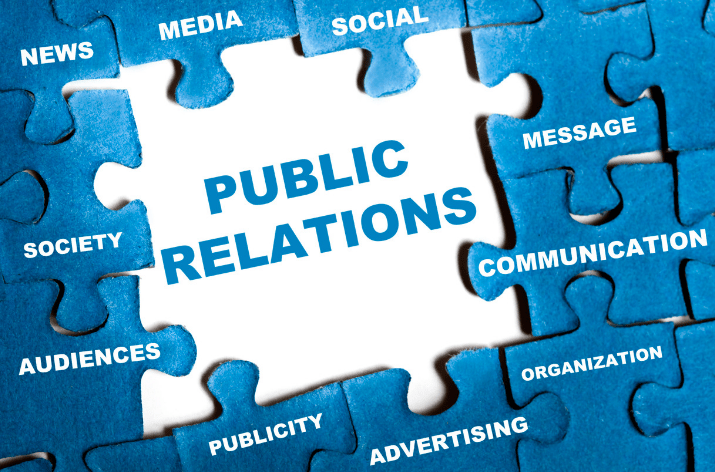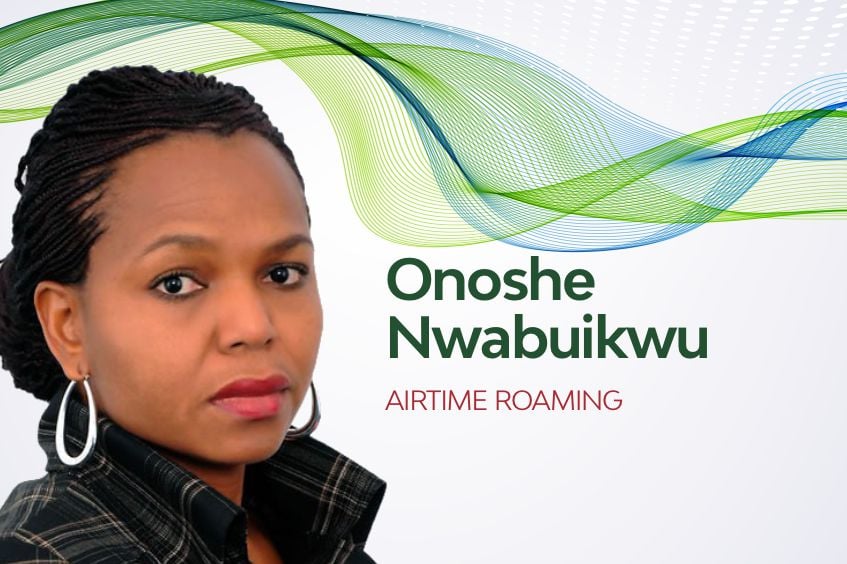The United Nations estimates that Africa has the youngest population in the world, with 70% of sub-Saharan Africa under the age of 30. Such a huge number of young people is an opportunity for the continent’s growth. In Nigeria, the United Nations Population Fund’s (UNFPA) data as of 2021 indicates that 43.3% of the population is 0-14 years, while 53.9% are between 15-64. Statista breaks down the figures further to show that over 60% of the population is 39 years and younger.
These demographics show clearly what, where and who to target the future of the country and continent at. We need to begin to build for the youths and children of this age bracket now – both from the perspective of a policy shift and developmental initiatives.
As I reflect on this data, I think of the future of PR and communications in Nigeria and Africa. Are we ready for this future? Are we building for this target audience yet?
Here are some areas to rethink regarding the future of our practice:
Advertisement
Rethinking How We Write Press Releases
Here’s the stark reality we face, and the urgency required to start building for the future of the industry. Nigeria has been rated by the World Culture Score Index as one of the countries with the lowest reading culture. This is now worse among the younger generation. While we face this reality, the PR and communications industry remains predominated with lengthy press releases and feature articles as one of their tactical approaches. I get it that they write to target current stakeholders in government, regulatory bodies, and C-Suite executives.
But the emerging next generation of C-suite executives, governments, and regulatory stakeholders, as indicated by the demographics of our population, are not people who read lengthy press releases and feature articles. PR and communications professionals must begin to reflect the type of content for these people and profile channels of reaching them as well.
Advertisement
This brings me to several questions – must we write a press release in the way we currently do? Have we thought of other ways to draft press releases to retain the same message and tone? Who reads our Press Releases? While we might think that these future leaders are not ready, the reality is that they are in the systems/pipeline already.
In most State Houses of Assemblies, government institutions, ministries, parastatals, commissioners’ offices, and more, most of the personnel are now in the age bracket of 39 and below. The space is getting filled up by the millennials and gen-z. The baby boomers are making their way out gradually. While the head of the government institutions and corporate bodies are baby boomers, the support systems that provide day-to-day trends and analyses are millennials and gen-z.
Using AI to deploy information
By our current structure and information dissemination strategy, we are heavily reliant on the media – traditional media personnel, online gatekeepers, and influencers – to deploy our messages. Have we thought of how technology can help to eliminate these gatekeepers? We’re approaching the time when we might not need them to get our content deployed across various channels. If in doubt, there was a time when industry practitioners had to go on media rounds to submit their content for publishing. Today, such functions are performed on your desks through emails and other digital channels.
Advertisement
While there is a shift in physical submission to get content published through a contact person, I see a future that could eliminate middleman as a route to content publishing. I envision platforms powered by AI and relevant algorithms where practitioners can drop content and it would be distributed to the target audience of the message through the appropriate channels, where they consume news and receive information. I recognise that with technology there is no limit to what is possible, what can be done, and what can be achieved. Apps and features that meet the needs and sometimes even the wishes of people are being churned out. This is where we are headed and PR and communications practitioners must be ready.
Leveraging the power of Newsjacking
Newsjacking should become the in-thing for businesses to leverage their brand power and to engage consumers. The message and power of newsjacking is to align a brand with a current event to generate media attention and boost exposure. Companies can create related blog content and social posts to instantly reach a wider audience. Perhaps we have seen a tier 2 financial institution in Nigeria leverage on this to grow their business from a single-digit profit to double-digit. They have also become synonymous with creating content that can go viral easily at an optimised budget compared to the tier 1 big spenders. Their Top-of-the-Mind Awareness has improved over time with an effective newsjacking strategy.
Pivoting to Infographics and ‘Slidegram’
Advertisement
C-Suite Executives are looking for disruptors. The profile of people being hired now – and this will continue for a long time – is not focused on the conventional, which is the number of stories and mentions published across media channels. They are looking for unconventional thinkers. People who challenge the status quo. People who are adaptable with emotional intelligence and the ability to think on their feet to disrupt an entire system that has been built for decades.
If you think of disruptors, think of speed. Speed is the new currency of business. Cost optimisation is the new foundation of a sustainable business. Are we thinking of strategies to fit these future-fit requirements of businesses? Remaining in the present will only lead to extinction and loss of relevance.
Advertisement
We can make infographics and ‘slidegram’ become commonplace in creating content for the now and future. A two-page press release and a full-page article in the traditional media can be converted to infographics. On social media platforms like Instagram, we can begin to deploy slidegram. Just by publishing content like this, your target can flip and slide through in 60 seconds to have the topline update of your message. The link of the slidegram can be shared with your direct report internal and external as the update of content deployed.
In case you are still in doubt of how effective infographics can be in reaching and engaging your target especially as we begin to pivot from the traditional method of press releases, here is what you should know: Infographics are used as a powerful tool to allow people to easily digest information through the use of visual data, charts, and statistics. With the proper use of colour, proportion, and negative space, information can be transformed into memorable, attention-grabbing, and even persuasive graphics. Reports indicate that when used as visual communication tools, infographics could increase interest, understanding, and memory of information, thus making infographics effective communication devices.
Advertisement
Making Podcast mainstream
Just as we speak of infographics and slidegram, we should begin to think and start to normalise podcasts and voice press releases. There is a growing culture of young people listening to podcasts, watching videos on demand, and lots more. No better time than now to start the conversation of making this an integral part of the kind of services we render as a profession to businesses. In a world where multi-tasking has become normal practice to close actions on time, people can listen to podcasts simultaneously as they work.
Advertisement
A podcast is good for storytelling. It creates a connection with the target audience. It is a good channel to bring out the human element in content dissemination. The world needs things that are subtle, precise, and succinct. The days and era of epistles, high sounding grammar is ended. Now is the time to speak in clarity, transparency and build trust with the target audience.
The Future Practitioners
I am looking forward to seeing practitioners going for pitches and challenging the status quo with data and statistics of what businesses need to grow their brands, engage consumers, and create a connection between them. The days of using front-page picture mentions and stories as a demonstration of media relations skills are fast eroding. The people we serve no longer use those traditional media channels. The days of staying awake till 10 pm to listen to news coverage are over. News is gotten on the go and from any part of the world.
In the light of these developments, PR and communications practitioners must begin to engage clients with data that shows where their target audience is. This is a prudent and honest way to engage businesses and build for the future. Sharing strategies built on news channels that their viewership and readership are dwindling daily is not being future-fit. You might not eradicate this in total for now, but we must begin to prepare for it now. Because the future is coming, and it won’t be long from now.
As a service industry, we need to begin to rethink the future of servicing businesses with strategic impact. When businesses reject our ideas for reasons that they are too futuristic, we should celebrate because it only shows we are ahead of the curve. There is an army of the young population coming into the workplace. They are very unconventional in their ways and we cannot engage them in conventional ways.
Our industry must not be relegated to the background on the premise that we are not future-fit and future-proof. It begins with a thought as you read this. It stays on with people having the conversations and questioning everything that is a success pillar today for impact and billing.
These pillars are crumbling. Build new ones before the present will collapse. If you think this not going to happen, just remember that before 2001 in Nigeria, there were just about 400,000 telephone landlines. Today with the advent of telecommunications companies it has been an incredible journey of impact. There is not a village that is too remote for you to connect with someone via the dial of their phone numbers in Nigeria today.
Think of this and start to rethink the PR and communication industry along with the possibilities of what is coming. The PR and Communication industry must lead so as not to be left behind.
Godfrey Adejumoh is a PR and Strategic Global Business Communications Leader, based in Lagos Nigeria. ([email protected])
Views expressed by contributors are strictly personal and not of TheCable.
Add a comment







